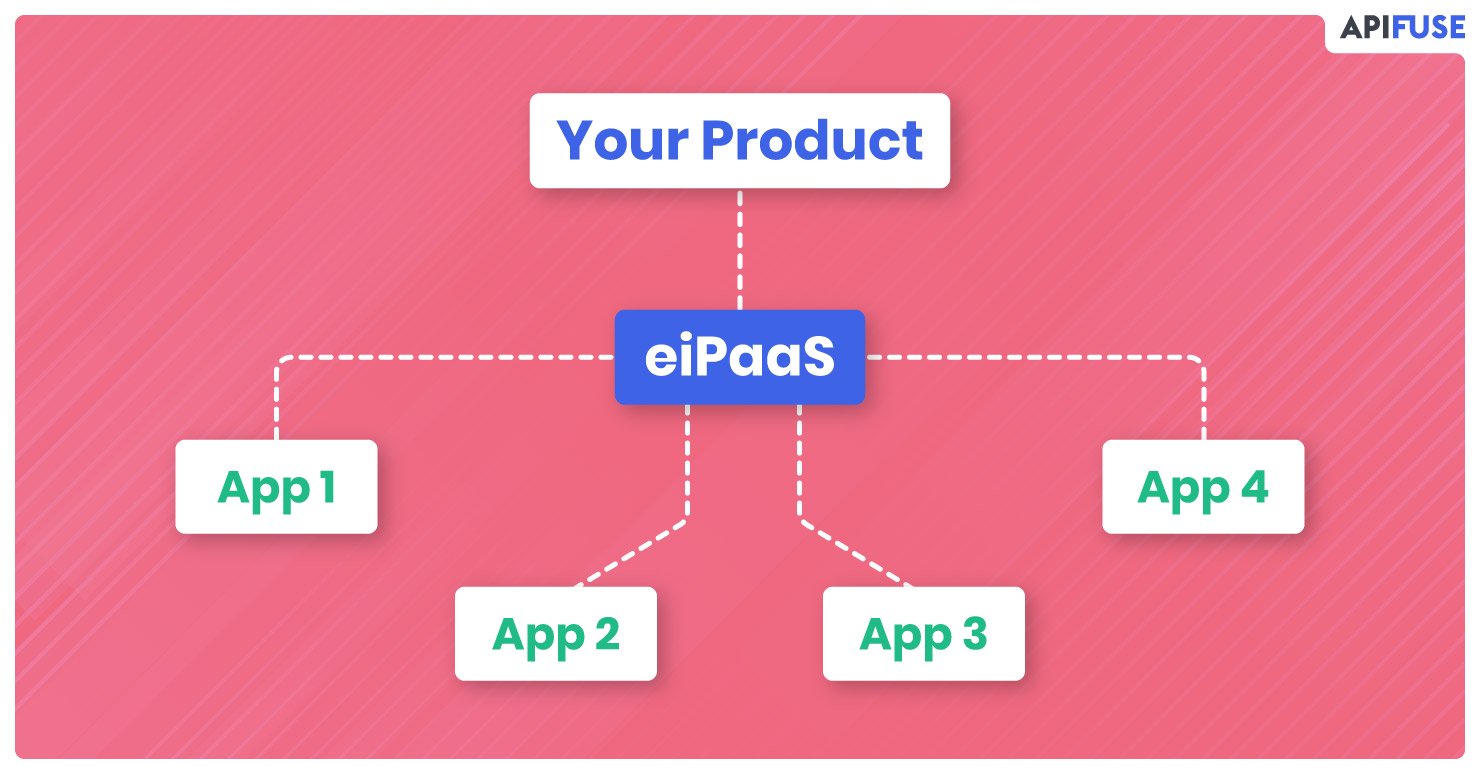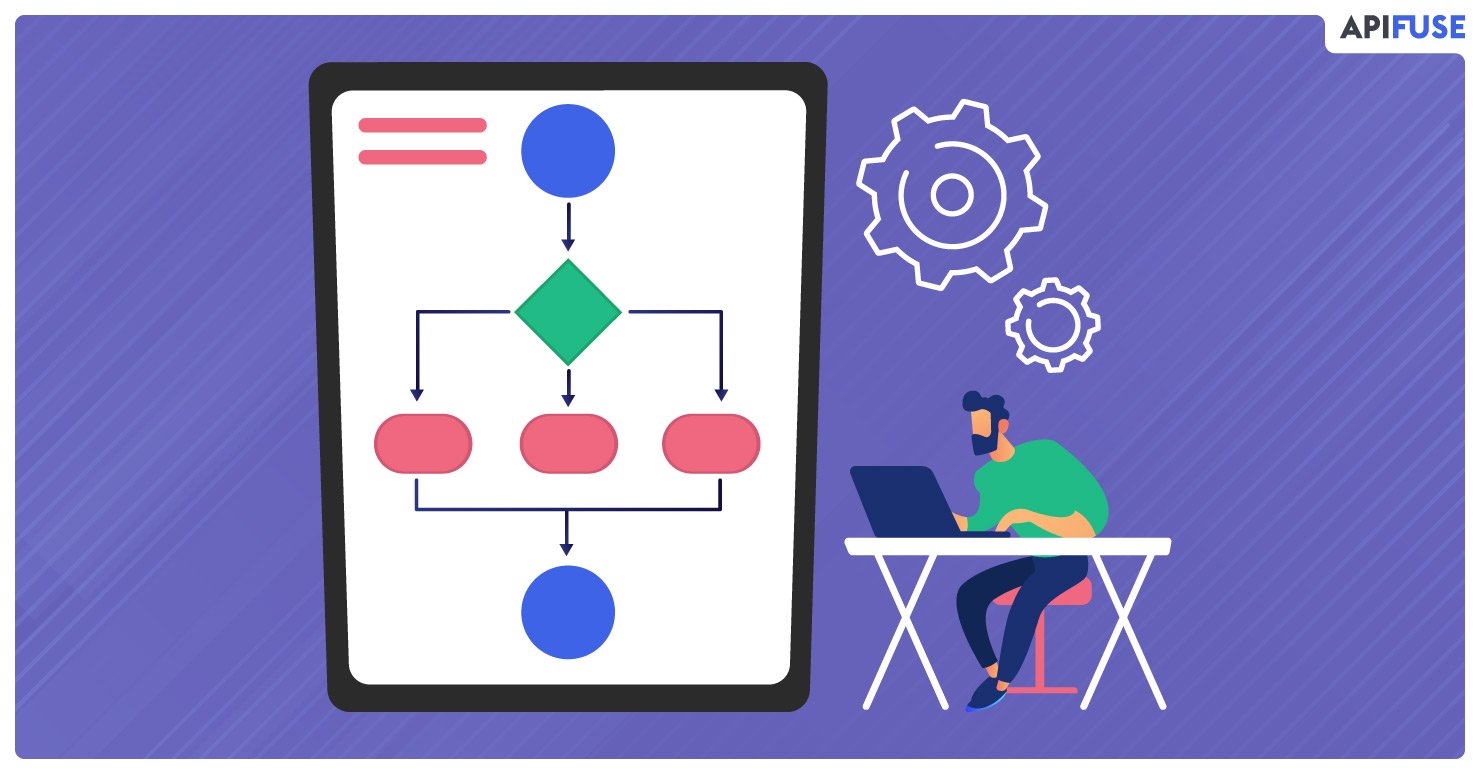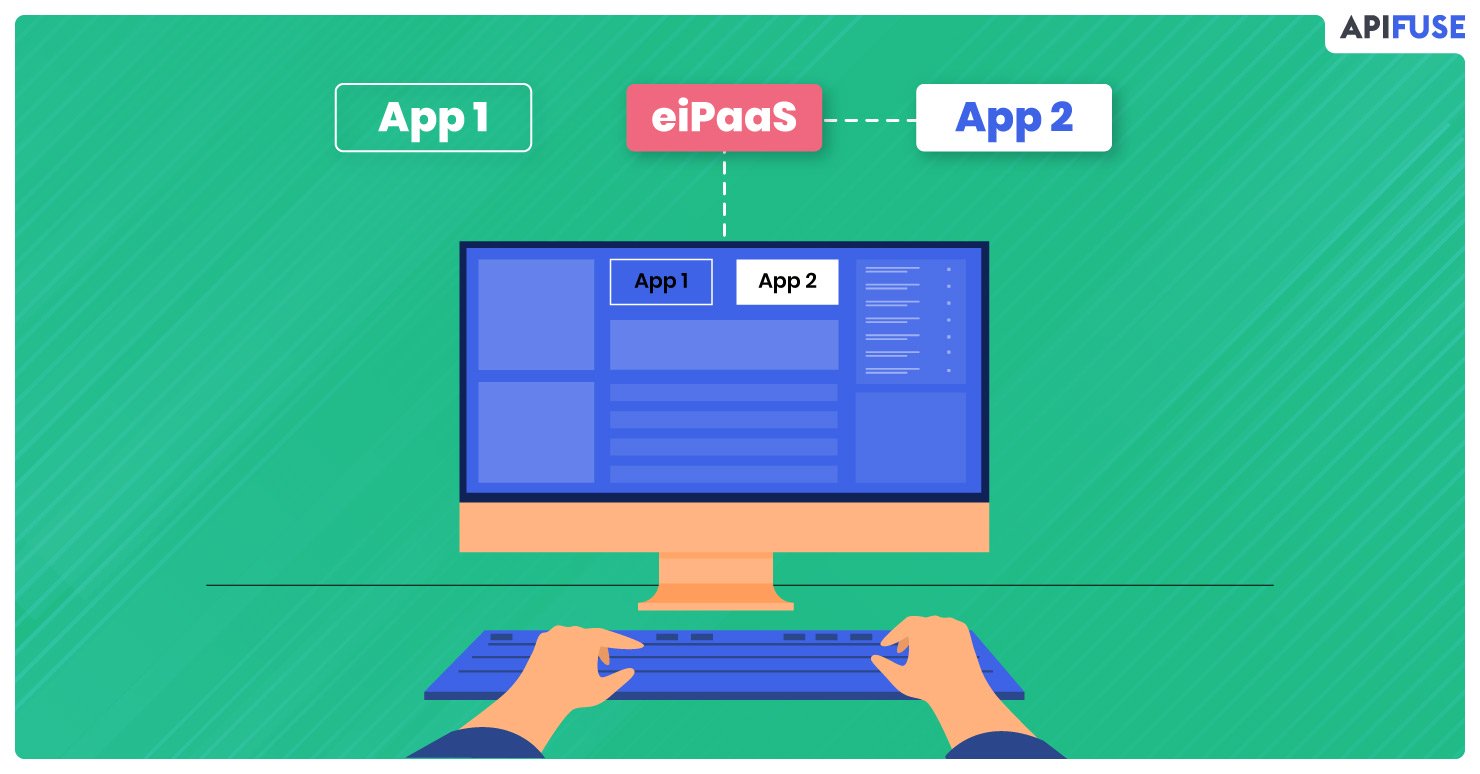As a SaaS business, the one thing your users are becoming increasingly reliant on is capitalizing on data. They do it in several ways, ranging from accessing the data from various sources to processing them into multiple workflows.
Consequently, when their ability to ingest and interact with data is curbed, your ability to take your business to new heights is limited. This makes connecting your product to other apps, tools, and systems in the market imperative. It is when you create an ecosystem around your application that users thrive.
In theory, it sounds cut and dried. You integrate with any product users request and go about generating more revenue and building your business. In reality, you stumble upon challenge after challenge. But why?
The reason is simple. Exchanging data is not that simple. Often the application is not created to support large transfers of data, or it fails to scale with your business. Other times, your platform doesn’t support a particular data format or protocol. All these make it difficult to say yes to every new integration, and your users turn to a competitor for an answer.
Even when all the stars align and you are integration-ready, building one successfully takes time. Since users have no patience and want a working integration today, you lose revenue if you fail to be timely.
So, what is the solution when your product cannot natively talk to other systems? Embedded integration platform as a service (eiPaaS).
What is an Embedded Integration Platform?

A cloud integration platform or iPaaS helps an application ‘talk’ to other systems and creates automation logic. An embedded integration platform addresses the problems you face when integrating your SaaS app with partner products for your customers.
eiPaaS builds a secure data transfer gateway directly into your app’s architecture. It can link customer systems on the cloud or on-premises. With embedded integration, you achieve rapid and more reliable data exchanges. That helps you realize greater customer satisfaction.
How does iPaaS differ from an embedded integration platform?
iPaaS helps a business take care of its internal integration issues. Embedded iPaaS, on the other hand, is meant for SaaS businesses who want to deliver integration and workflow automation to their users.
So, when you want to integrate a tool that your company uses internally to reduce a repetitive task, you need iPaaS. But when you need to integrate another product with your product so that end-users can customize and automate data flow between them, then you require an embedded iPaaS.
Embedded integration platforms get their name because they are seamlessly embedded in your product. Your users can directly utilize them. One example of an eiPaaS is API Fuse.
They come with software components and tools that speed up integration development and make it simpler to maintain them. But the real value of embedded iPaaS lies in the library of commonly used applications (connectors) that instantly transform your SaaS product into a platform.
What is the role of eiPaaS as compared to a SaaS vendor?
Building integrations is a two-step process. The first is the code. It is part of the building blocks that allow app 1 to ‘talk’ to app 2. If you, a SaaS business, want to build direct integrations between the two, you need to understand app 2 and then code the communication capabilities.
The second step is the solution where the API of app 1 is instructed to interact with the API of app 2 to achieve a particular goal. This goal can be a trigger-based action or simple movement of data.
An embedded integration platform takes care of the code. You don’t need to write code to get your product (app 1) to communicate with app 2. The platform creates and maintains the code. The SaaS company takes care of the solution. You just build and own the solution, the magic sauce that keeps users loyal.
In other terms, the eiPaaS manages the tool. You manage your customers by creating the integration workflows they require. How does that help you? It dramatically lowers your engineering overhead as compared to directly providing integration to customers.

Why should you use an Embedded Integration Platform?
Separate the chaff from the grain, and it comes down to this. Using an embedded iPaaS is essential if you want an extensible product that offers end-users all the integrations they request. It is one of the main benefits of eiPaaS. Another is workflow automation.
It leverages the power of Workflow Automation.

Point-to-point integrations sound good on paper. They enable data movement from one app to another. In the real world, data movement is more complicated. Users don’t want to integrate just two applications.
They want a number of them connected to offer a unified workflow. They also want to have complete control over:
- When is data exchanged?
- How is it traded?
- Under what conditions the apps talk to each other?
Workflow automation with embedded iPaaS checks all three. It empowers users to set up data flow between multiple apps, using their own logic to configure how the data is exchanged.
With an embedded integration platform, your users get a drag-and-drop workflow builder with which they can design any workflow while retaining full control. A further benefit is that users have access to a high-level of customization, and power-users can take full advantage of the application.
It makes your product sticky.
When users become more sophisticated, they demand features that require fine-tuning your SaaS application to their requirements. To retain such customers, you must provide them with custom logic that helps automate their daily tasks. Such workflow automation capabilities enable them to make the most out of your product. Put simply, customizable, powerful automations make your application sticky!
It gives you a no-code ability.
End-users can create sophisticated logic and automation without writing a single line of code. You get the same benefit. With zero-code written, you can integrate with any SaaS applications.
Without embedded iPaaS, you’ll need months of code writing to offer integrations to each new customer request. And then you’ll be saddled with the monumental task of maintaining them.
It does the heavy lifting.
An embedded integration platform gives you the tools to simplify the tasks related to connecting APIs, such as:
- error handling
- authentication
- quotas and limits
- automatic retry
- Pagination
A good eiPaaS entirely takes over all these tasks, saving you from costs associated with hiring integration experts. Because the embedded integration platform does all the work, your time is freed-up which allows you to prioritize core features.
It delivers integrations with speed.
Embedded iPaaS have ready to use connectors. Instead of months, you get an integration up and running in minutes. Typically, the platform already has pre-built integration with most of the SaaS applications you may need. It makes integrating with any partner or fulfilling customer requirements easy.
Even if you need a customized integration for which the platform doesn’t have a connector, the embedded iPaaS can do it at speed. This makes your time-to-market swift. Adding new connections comes with zero downtime and without the need to redeploy your app.
It keeps your users in your product.

Staying competitive in the SaaS world means tailoring your tool to the unique business goals of users. But providing every feature your customers demand to fulfill different use cases is just not possible. It leaves you with two options.
One, opt for building the integrations in-house. But those burden your development team by eating time and resources. Two, send your customer to a 3rd party product like Zapier. But that takes away the customer from your application.
Embedded integration platforms thread the needle. They let you tailor the integration right into your product without asking you to invest additional resources. And they deliver integrations to users without asking them to leave your application’s environment.
It caters to a superior customer experience.
Imagine your SaaS product is a CRM tool that doesn’t offer integrations. If a user wants to connect the email to your CRM, they have to leave your app and go to a third party. The third-party will likely offer CRM integrations besides your app, creating an opportunity for your customers to switch to a competitor.
Essentially, you lose control over your customers. Moreover, when users have to leave an application to attain an objective, it creates a bad customer experience. With embedded integration platforms, there is no such risk. You can offer any integration natively and therefore assure utmost customer satisfaction.
It lets you be scalable.
Building one connector is easy. Developing a couple more is still manageable. But as you keep adding more connectors to 3rd party platforms, you realize it is not a scalable approach. With each one-to-one connector, you link your API with another new API, tipping yourself into a brittle situation.
An embedded integration platform becomes a hub for all your integration. It is middleware. You develop connectors to your API once. Each new API connects to yours through a standard interface. This is more scalable. It is also easier to manage because it lends visibility on:
- usage of integrations
- monitoring the performance.
It makes your app sellable.
It’s the core product that matters. So most SaaS companies decide to work on it rather than the user interface. They either have a basic one or none at all, which makes the application less attractive to users.
Embedded integration platforms give you a UI that you can embed in your application. With modern dashboards, drag and drop builders, and widgets, your SaaS product becomes visually appealing instantly, making it easier to sell.
It is accessible to technical and non-technical staff.
How do SaaS businesses create winning deals? By swiftly delivering integrations flows users need. Who understands the needs of customers first? The staff who directly communicates with the client because their finger is on the pulse of end-user problems.
So, to truly build a responsive business, you need to empower appropriate team members. Often that is not the technical team. It is the employees at the commercial end. With embedded iPaaS, you can attain this – giving access to anyone to self create integrations.
To Sum Up
These are times when every day begins with users asking to integrate just one more cloud application into your product. It ends with power-users wanting the adaptability to tailor your product to meet their unique business needs.
It’s like being between a rock and a hard place.
If you don’t acquiesce to the requests, customers drop you like a hot bun. If you agree to them, most of your time and money is spent satisfying the demands.
An embedded integration platform like us swoops in to save the day. We help you be agile by delivering native integrations rapidly. With an out-of-the-box solution, you can offer any workflow automation and integration in no time. Consequently, you:
- Make your SaaS app stickier.
- Amplify customer retention.
- Gain a competitive advantage.
- Be scalable and accelerate time-to-market.
- Lessen your development and maintenance costs.
API Fuse enables you to offer on-demand integrations and to respond to end-users integration requests rapidly. With our solution and range of plans, you can offer your customers native or custom integrations embedded directly into your SaaS app in minutes to accelerate your product roadmap and reduce technical debt. Request a demo today for more information!
